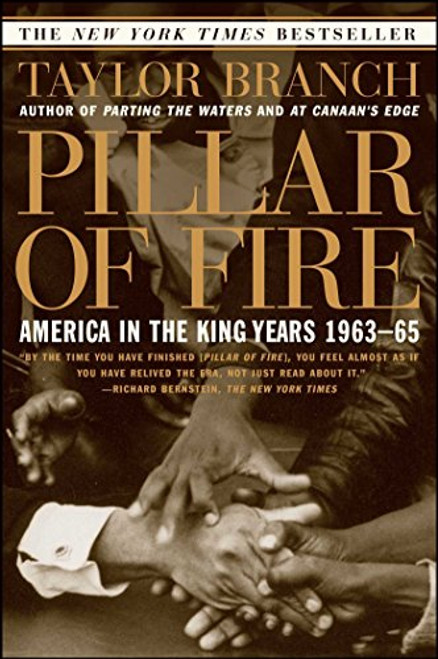From Pulitzer Prize-winning author Taylor Branch, the second part of his epic trilogy on the American Civil Rights Movement.
In the second volume of his three-part history, a monumental trilogy that began with Parting the Waters, winner of the Pulitzer Prize and the National Book Critics Circle Award, Taylor Branch portrays the Civil Rights Movement at its zenith, recounting the climactic struggles as they commanded the national stage.
Pillar of Fire : America in the King Years 1963-65
Taylor Branch
$16.09 - $25.91
- UPC:
- 9780684848099
- Maximum Purchase:
- 2 units
- Binding:
- Paperback
- Publication Date:
- 1999-01-20
- Release Date:
- 1999-01-20
- Author:
- Taylor Branch
- Language:
- english
- Edition:
- 1St Edition edition








